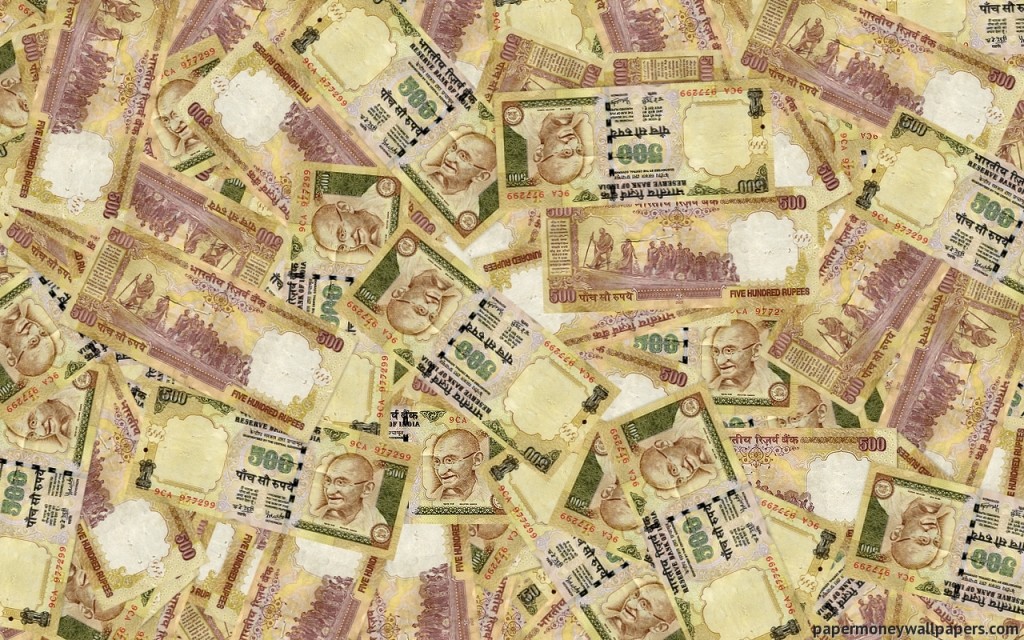India is a country that many have kept a close eye on for a long time, and one that has been threatened to break the boundaries of worldwide prosperity. The local currency in India is the rupee (INR) and currency is normally a good indicator as to how a country is performing, and especially on the worldwide market. 2019 however has not been all that kind to the Rupee and India. Over the year, the Rupee has continued to struggle for many reasons, domestic and foreign and as a result, India’s fortunes and reputation on the worldwide market have continued to dwindle.
From the perspective of people looking in from the outside, India is beginning to gain a reputation for being a country in slow decline, rather than one full of emerging potential. If we put the Rupee under the forex microscope, we see a microcosm of India’s struggles. When the Indian Independence Act was passed in 1947, the Rupee started out trading at almost 1:1 when compared with the US Dollar. Since then, in the space of seven decades, traders have seen the Rupee fall by around 10INR per decade, as economic growth has started to slow down over uncertainties surrounding the country’s national account and fiscal deficits. India is by no means in turmoil, with some outlets claiming that around $53bn worth of INR being traded daily on the forex markets. Many of the problems that India have faced have been caused by outside influences and are therefore out of their control.

Politics always plays a major role in a country’s affairs and incidents close to home, and further afield have contributed to the slow demise of the Rupee. The military skirmishes between India and Pakistan cast a dark shadow in the region and both countries have certainly felt the effects of the military action. Although India is in better condition economically than Pakistan, the confrontation will certainly have put off a lot of potential investors. India has forex reserves of around $400 billion but being involved in this conflict with Pakistan will only prevent India from providing economic aid where it is really needed, in the cities for the millions of people who live under the poverty line. Infrastructure remains troubled in the major cities and India is forgetting to look after itself on the inside with the diversion of funds to armament. With a lack of capital coming into the country, spending money on arms isn’t the wisest decision.
The lasting effects of the India-Pakistan conflict and the fear factor caused for investors is not the only aspect affecting the Rupee and scaring off potential investors. India has also been well-known for its ‘expensive’ mutual fund rates. Only Germany and Canada can beat the fees charged in India and this is still proving to be a huge challenge for India to overcome despite the fact the country has relaxed the rates in the last few years. Quite simply, not enough return from an initial investment is a straight-forward reason as to why India is deemed too expensive. And although the Reserve Bank of India (RBI) is constantly cutting the basis points (BPS) rate, the Indian economy is still not seeing any evidence of return in terms of investment.
If a lower corporate tax rate won’t entice investors, then they will be certainly deterred by the lack of potential in the country. With just under 50% of the population working in the agriculture sector, India is expecting to provide a large chunk of its export from this industry. However, during the summer there were huge droughts in parts of India which had an incredibly adverse effect on the export of agricultural products. From September to October 2019, there was a decrease by 4INR billion and an even more startling drop by 15INR billion between the months of July and August 2019. And all this after a record high of 284.83INR billion in March this year. The export is struggling and with the price of crude oil increasing, India is bleeding more money to other oil-producing gulf nations such as Saudi Arabia, Iran and Iraq. Crude Oil takes up the majority of India’s import receipts and the previous records for trade deficit could be under threat very soon.
It’s a case of a lot of contributing factors all colliding together to produce the slow decline India is currently struggling with. India is loitering dangerously between stable and decline and while the Rupee continues to struggle, any thoughts of prosperity can be put on hold. In September 2019, the Rupee depreciated by a record amount of 3.65%, making it the second worst currency in Asia after the Chinese Yuan. China itself has been directly affected by tensions between themselves and USA, and although the relationship between these powerhouses has had a knock-on effect on India, the fact there was only a 0.05% difference in depreciation (China 3.70%) highlights the struggles India are enduring right now.
However, on the positive side, India has remained stable over the past few decades, maintaining a strong GDP growth rate and as a result, has avoided recessions. India is also thriving on the population count and currently has an extremely strong workforce. With the population of India estimated at around 1.37 billion, this workforce requires places to work and if the investment comes into the country in the future, we could really see India thrive.